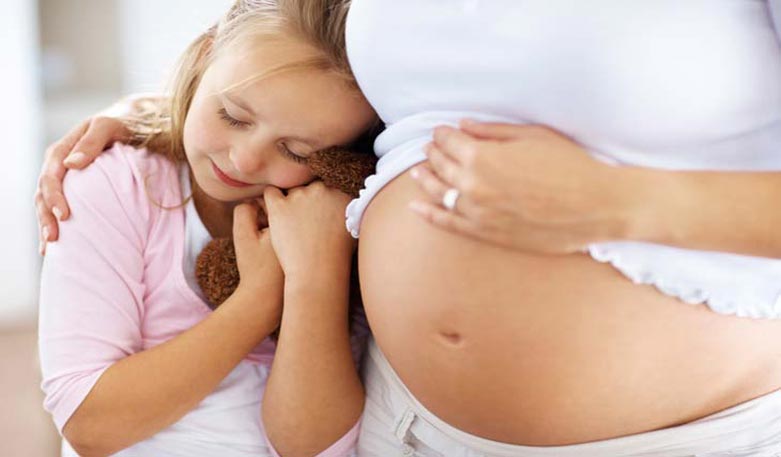The reasons for the unfulfilled desire to have children can lie either in the woman or the man or in both partners equally.
The reasons for infertility can be very diverse. First of all, as women age, their natural fertility decreases. Peak fertility occurs between the ages of 15 and 24. After that, fertility continues to decline. When menopause occurs, natural fertility ends. Fertility can be influenced in many ways. Long-term poisoning, e.g. E.g. alcohol, nicotine, drugs or environmental toxins have a negative impact on fertility. Smokers and other drug addicts also have an increased risk of miscarriages and stillbirths.
Eating disorders account for up to 6 percent of infertility. Both overweight and underweight can have a negative impact. Furthermore, hormonal and organic disorders as well as psychossomatic aspects can lead to infertility.
The reasons for infertility in a woman can be broken down into failure to ovulate, the union of the egg and sperm being prevented, or the inability to bear a child. Possible reasons for conception problems range from past or unnoticed pelvic infections to previous miscarriages or abortions, blocked fallopian tubes, acute illnesses and even genetic defects.
Part of the sterility examinations are numerous more or less complex tests to determine whether and what physical cause there is for infertility. Despite all diagnostics and treatment options, almost a third of all cases of involuntary childlessness remain completely unexplained. At least organically, everything seems to be fine with the man and woman. Doctors speak of idiopathic sterility and often suspect psychological causes.
The treatment of infertility is as diverse as its causes. Therapy can only be targeted if the cause is definitely established. In principle, however, the following distinctions can be made. In the conservative method, infertility is treated with medication. These are mainly hormone preparations. They are used when hormonal regulation disorders are the cause of the disease. Many organic malfunctions can also be treated with the help of targeted hormone therapy. If the cause of infertility is an infection or classic infectious sexually transmitted diseases, targeted antibiotics are administered. In many cases, organic disorders can be found to be the cause of infertility, which can only be remedied with the help of surgical interventions. This is particularly the case if the affected woman suffers from endometriosis and corresponding lesions have formed on the fallopian tubes or in the uterus.
The same applies to fibroids or cysts. Accompanying psychological support is very helpful in most cases. Psychiatric treatment is often absolutely necessary to be successful. Alternative medical treatment methods are becoming increasingly popular. These include, for example: B. Natural healing methods such as homeopathy or acupuncture. All of these methods attempt to provide a holistic treatment that addresses both physical and mental well-being. They help to improve general well-being and are said to relieve tension. This has a positive effect on fertility.
Further topics on health and medicine
